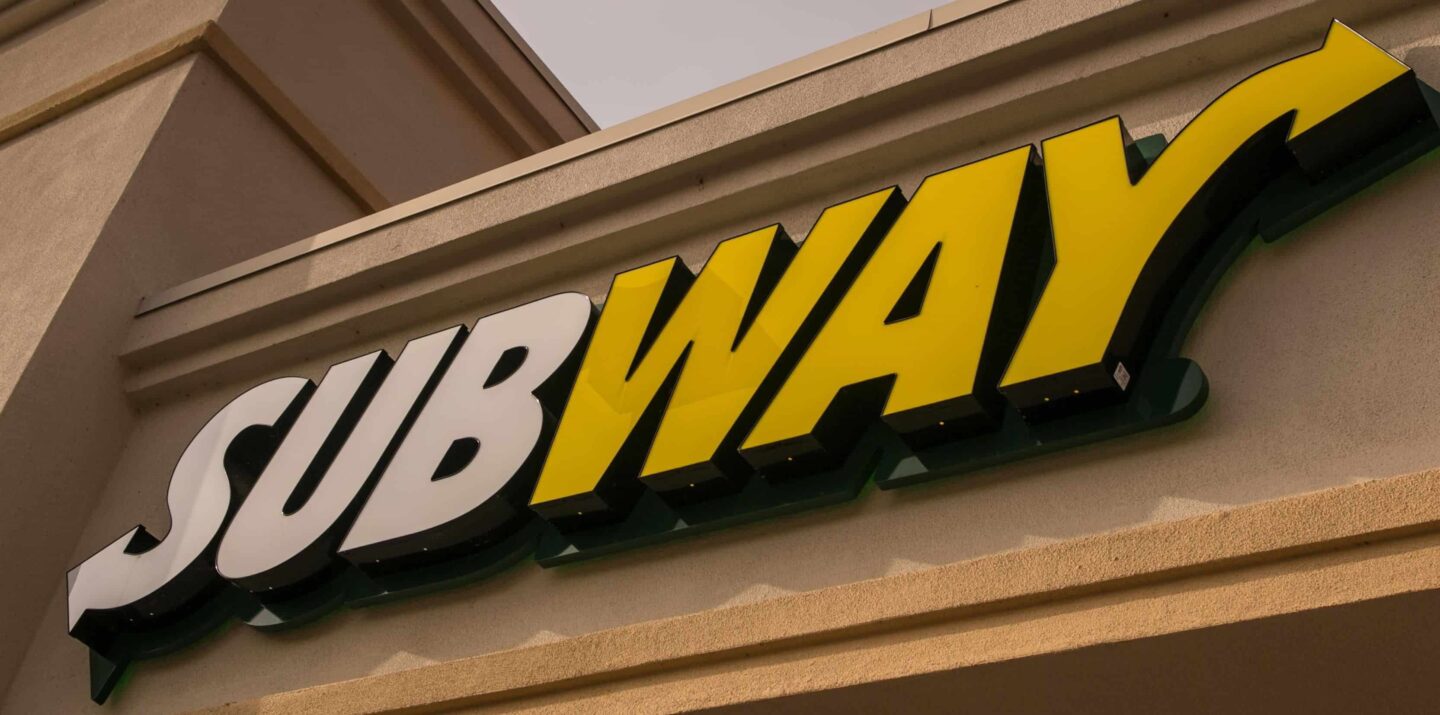
Is Subway a Good Franchise Investment?
Subway has more locations than any restaurant in the world.
But they’ve been closing stores by the THOUSANDS in recent years.
Here’s the story of their controversial rise to success, and why the sandwich giant could be on the verge of collapse.
Subway’s Origins
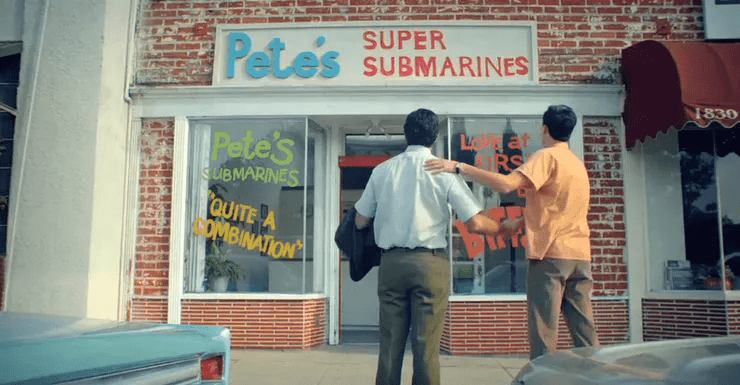
In 1965, Fred DeLuca, 17 years old, was looking for a way to fund his college tuition, so he convinced family-friend Peter Buck to open a sub shop with him.
Buck provided the funding, while DeLuca operated “Pete’s Super Subs” full time.
The partners struggled early on to turn a profit, but by the mid-1970 they hit their stride and decided to franchise. They rebranded to “Pete’s Subway“, then eventually just Subway, as DeLuca became acting CEO and Pete a silent owner.
Despite the fact that DeLuca said Subway was never profitable, he adopted a “fake it til you make it” attitude that seemed to work:
- By 1982 Subway grew to 200 locations.
- By 1988 it had 10x’d to 2,000 locations.
Fast-forward to 2010, and Subway had passed McDonald’s to become the largest restaurant chain in the world with 33,700 locations (it wouldn’t last for too long though).
The Inside Story of Subway
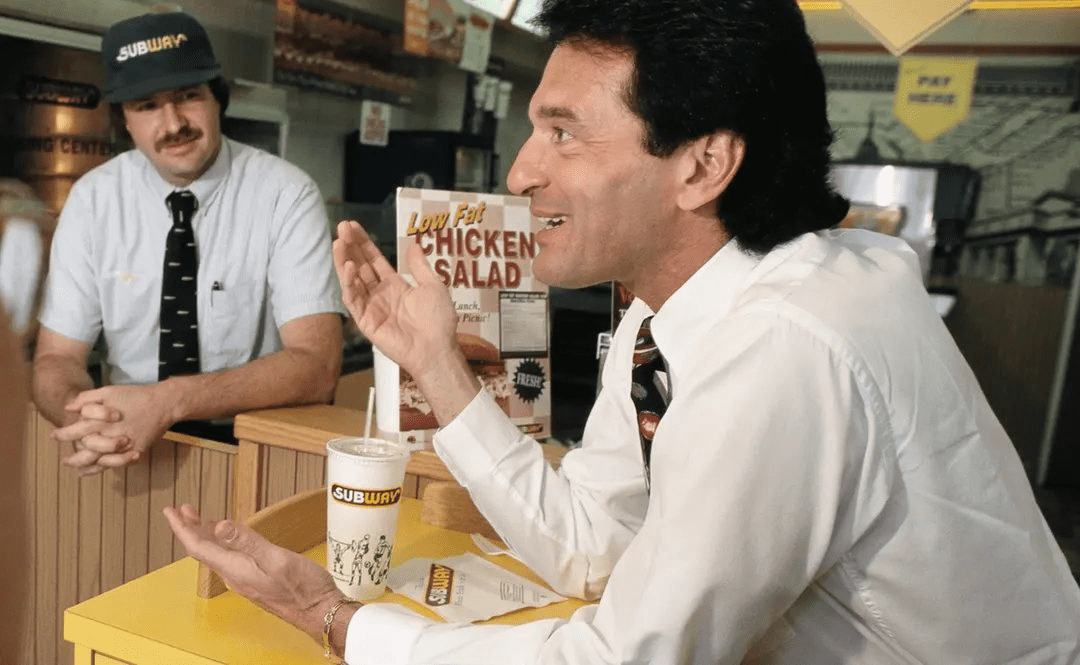
DeLuca was seen as a god by franchisees & employees, and why not? On the surface, business was booming! But Subway’s expansion methods under his leadership revealed a very different reality.
DeLuca was using predatory practices by selling franchises to immigrants who couldn’t even READ the agreements they signed. This couldn’t be demonstrated better than by a 1997 study that tested the basic English and math proficiency of Subway franchise owners.
The results were shocking, as 35% of Subway franchisees failed the test! Subway wasn’t interested in successful franchise owners. The name of the game was SCALE i.e. get as many locations open as possible.
Why? The more locations Subway has, the more royalties they earn! This is not how a franchise should operate – the better path forward is aligning incentives with franchisees and trying to make them as successful as possible.
After all, the higher revenue the franchisees have, the more dollars are collected via a royalty stream from the franchisor. It’s a win-win, higher franchisee revenue typically results in more profits too!
But Subway was selling locations to ANYONE, causing stores to cannibalize one another due to proximity. This Subway inside a random church in New York demonstrates the “anyone and anywhere” approach they took.
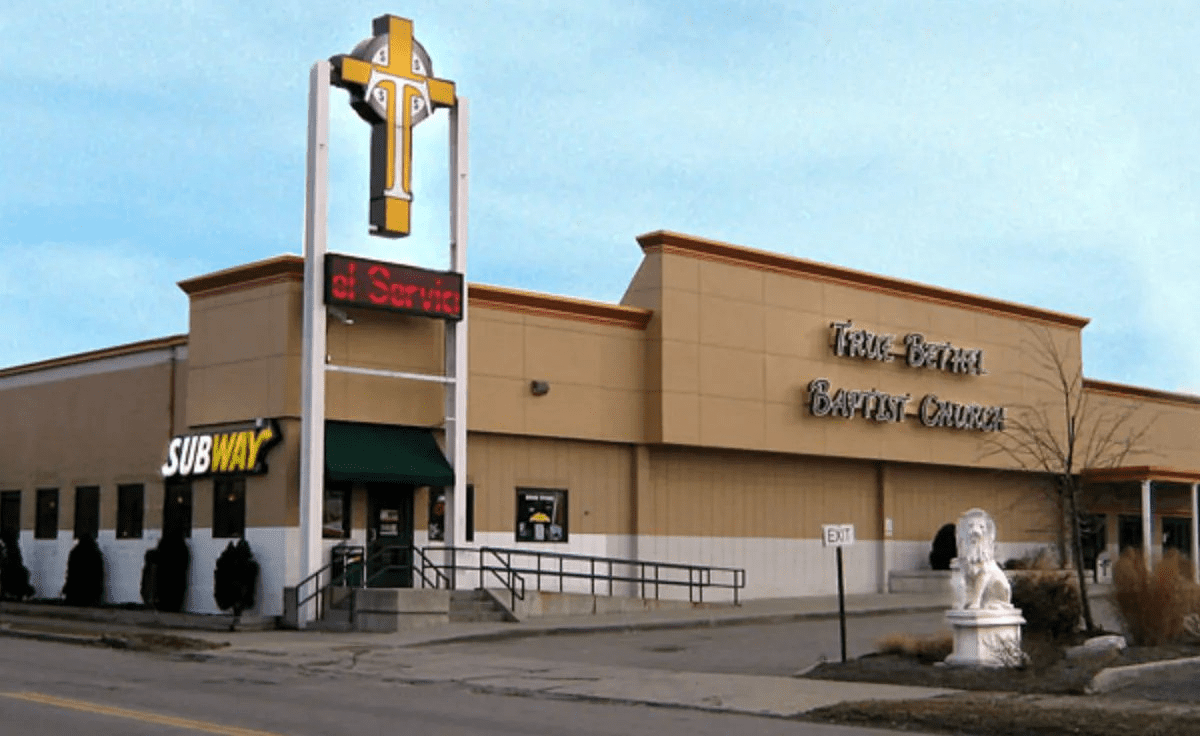
Legal disputes piled up, and for years Subway had ~150+ active disputes at any one time. As someone who’s sold numerous franchises, I couldn’t imagine the stress (and guilt) of having that many lawsuits against a brand I was representing~
Unfortunately, the efforts of franchisees were hopeless. Subway’s terms stipulated an agreement can be terminated for nearly any reason.
Meanwhile, DeLuca’s personal royalty income kept increasing, reaching an avg of $1 million per day! But his tragic death from Leukemia in 2015 left the company scrambling, as they had no succession plan in place.
Since then the dominos have started to fall…
Subway’s Impending Downfall?
2016: Subway posted a net decline in locations for the 1st time ever
2017: U.S. store count dropped by 900 locations, 3x as many as the year prior
2018 & 2019: U.S. Store count dropped by 1,000+ units in both years
2020: Subway closed ~2,500 locations
2021: the franchise closed over 1,000 more stores.
Not to mention the various issues that have plagued customers over the years too, such as the fact that their bread was found to not be bread in Ireland, and the tuna allegedly had zero tuna in it!
With 5,000+ U.S. locations still performing below 2019 levels, closures are expected to continue. Franchisees on the inside have said up to 25% of Subway’s 20,000+ U.S. locations could close in the next 3 years when leases end.
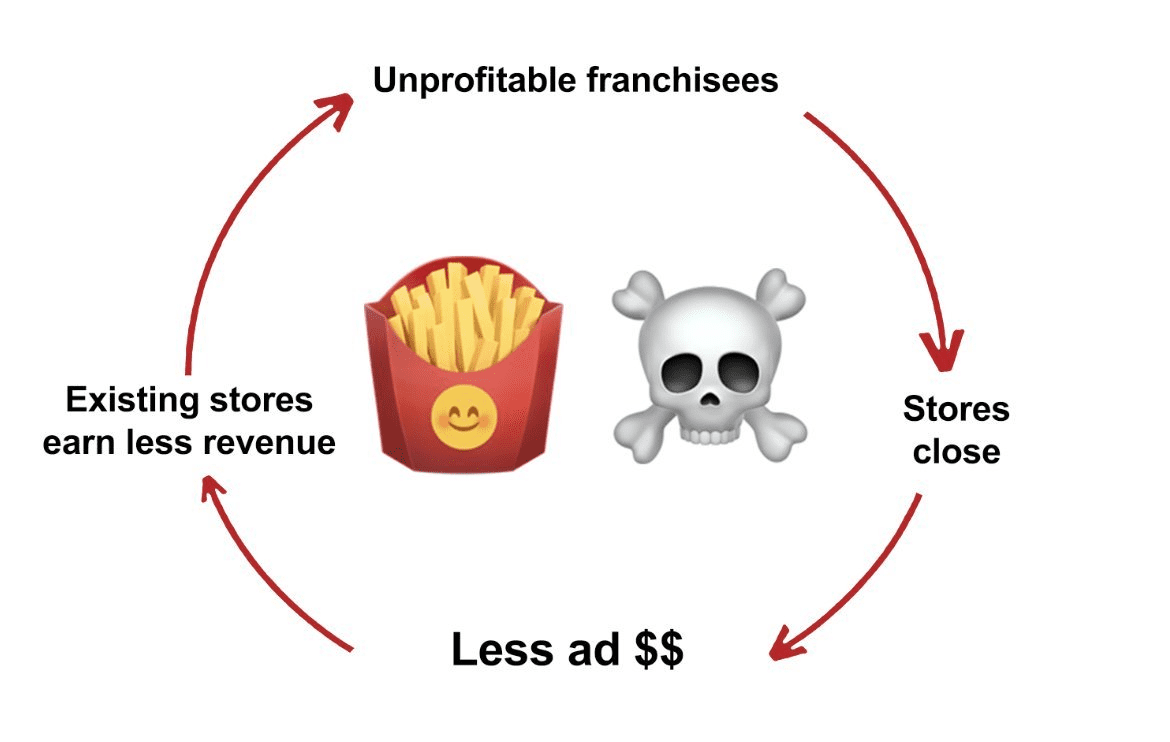
Closures mean Subway has been overtaken by McDonald’s for the crown of largest store footprint.
What remains to be seen is if they can stop the bleeding & repair the reputational damage they’ve done. If not, they risk falling into the same death spiral that took down Quiznos.
